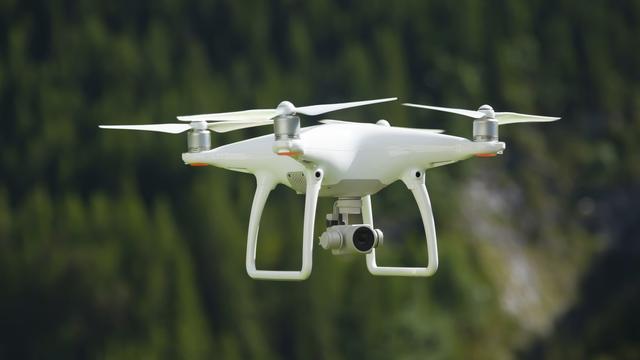
FPV stands for first-person view. So, when it comes to flying an FPV drone, essentially this means that pilots of FPV drones see what the drone sees. Traditional drones differ from this as they are piloted through the pilot’s perspective on the ground. With FPV, it is instead piloted through the perspective of the drone, not the pilot, via an onboard camera. A drone’s eye view, if you will.
FPV and the more conventional drones look very similar in pretty much every perspective though. The more traditional drones also have onboard cameras or, if not, can be fitted with them if the pilot wants to fly FPV. And, vice versa, the FPV can have the camera disabled if they want to opt for a more standard viewing. It just depends on your preference.
Below, we've outlined everything you need to know about FPV drones. But remember, before you head out with your new toy you should check out all the drone regulations that apply in your area. There are special rules that apply if you want to fly your drone at night too, so make sure you're aware of all the rules if you're flying after sundown.
As mentioned above, FPV drones are much like traditional drones in the way they run. The difference with FPV is that they have an onboard camera that is placed on the drone and transmits a livestream from the aircraft straight to your FPV goggles, headset, smartphone device, or other screen.

You might be wondering why you’d choose FPV over the traditional way of flying drones, but there are a number of benefits to be had. Firstly, it's an incredibly immersive experience that uses an assortment of technology to bring pilots the most futuristic viewing. Secondly, it allows for more precise flying and better accuracy as the low-latency transmission makes for quicker reactions and better awareness of surroundings.
Thirdly, and perhaps most importantly, it allows you to capture stunning aerial images. If you’re into drone photography and videography, then being able to view the drone from its own perspective makes for incredible images and video footage.
With any mode of flying though, there are cons to the experience. If you’re flying on your own and are focused on the headset or your screen, you may need a companion to keep check on the skies and world around you. And, if you’re new to drone flying, FPV drones are notoriously harder to manoeuvre from a first-person view meaning it might not be the best option for beginners.
FPV drones are perfect for a few particular tasks. You can carry out a lot of the normal drone tasks you may have already heard of such as surveying, aerial photography, security, or just having fun. But if you’re looking for something speedy, immersive, and an experience that comes as close as you can possibly get to actually flying, then FPV drone racing may be for you.
In FPV drone racing, pilots compete around a course of flags and obstacles to navigate through it in the fastest time. The view from the drone can also be transmitted on big screens for spectators to watch too.
Transmission latency is very important because you need to be able to react in as real-time as possible to avoid crashes, so there is specialized equipment available if you're considering drone racing.
There’s a whole bunch of customisation options you can put into your drone if you’re building it yourself but there’s also RTF (ready-to-fly) drones that come fully equipped.